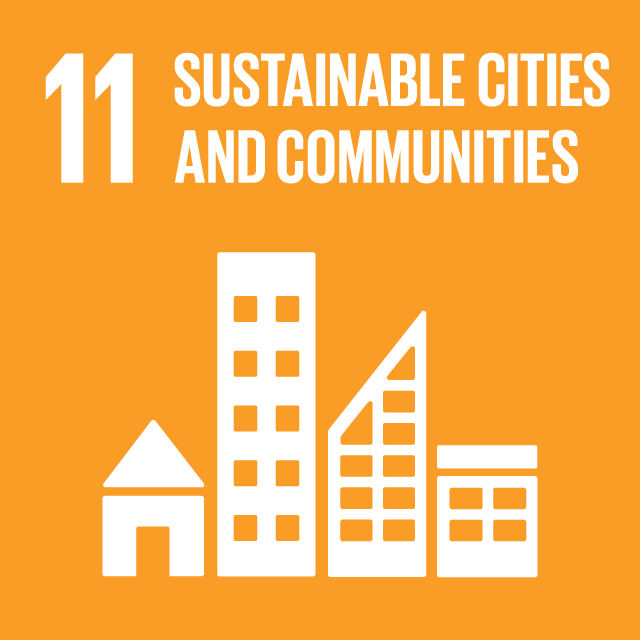
Renewable Energy System in Our University Campus Area

| Date | 15.02.2023 |
| Department | Rectorate |
| SDG |    |
Our university campus area generates electricity by using wind and solar energy together. Noting that the lighting in the campus area is provided by energy obtained from renewable energy systems, Dr. Mustafa Yağcı, faculty member of our university's Faculty of Engineering and Architecture, stated that renewable electrical energy is generated with the hybrid system and 8 lighting poles in the campus area are activated when it gets dark and provide illumination of the campus area. It was also stated that this system will also be an application laboratory for undergraduate and graduate students of Electrical-Electronics Engineering and Energy Systems Engineering. With the system that can generate 5200 watts of electrical energy per hour, a maximum of 5200 watts (5.2 kW) of electrical energy per hour can be generated from the wind and solar system if meteorological conditions are suitable. A 3200-watt wind turbine and 2000-watt solar panels (cells) were used in the established electrical energy generation system. 1000-watt part of the solar panels was installed as fixed and mounted at a fixed angle of 33 degrees for Konya. The other 1000 Watt part of the solar panels has a mechanism to move both horizontally and vertically according to the sunlight. With this mechanism, the system follows the sunlight and produces more electricity than the electricity produced by fixed solar panels. The electrical energy produced from both the wind turbine and the solar panels charges the accumulator group. 10 12 Volt 100 ampere-hour maintenance-free gel accumulators are used in this system. The direct current electrical energy obtained from the accumulators is converted to alternating current by means of an inverter and provides the electrical energy of the lamps used in environmental lighting. 16 LED type lamps, each of which is 45 Watt, are used connected to the 8 lighting poles we use in environmental lighting. Therefore, the electrical energy produced is consumed in the lighting lamps at night. In addition, the electrical energy produced is recorded at 10-minute intervals by a computer connected to the system. With the recorded data, wind, fixed solar system and mobile solar system can be monitored separately and various evaluations can be made. These records can also be followed from other remote computers via a modem.